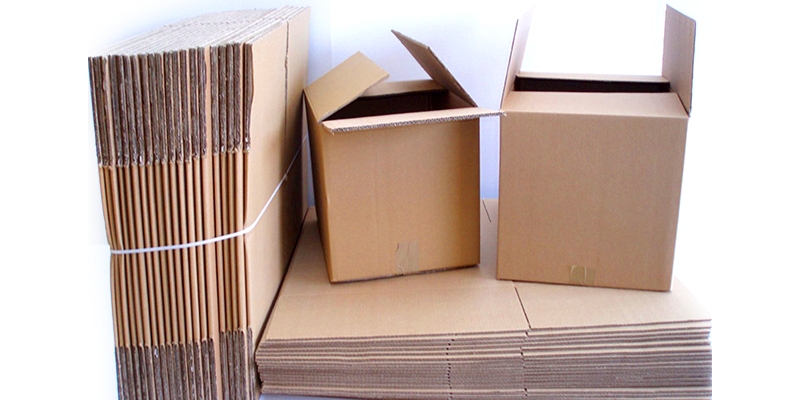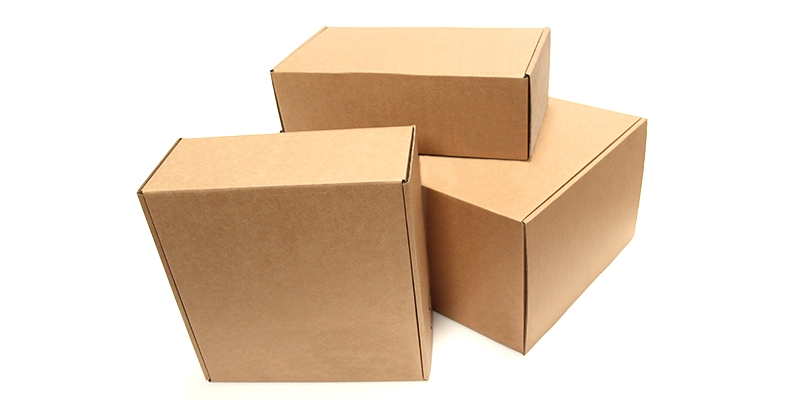The Humble Cardboard Box
The Humble Cardboard Box It’s difficult to imagine packaging without cardboard. It is the most commonly used type of packaging in the UK, making up a larger percentage of overall packaging than any other material. Virtually everything we use and consume has been packed in cardboard at some point with around five billion cardboard boxes used per year in UK.
It wasn’t always so, and although cardboard can be traced back to China about three or four thousand years ago, its modern use is more recent. That doesn’t mean that it is uncontentious however, with several different claimants as the inventor of the cardboard box. The French even have a cardboard box museum laying out their claims as cardboard originators in the mid-19th century.
The fact is that the development of the box is more of a cumulative effort with the process gradually being refined. The first written mention of cardboard is in printer Joseph Moxon’s 1683 book Mechanick Exercises. The oldest recorded cardboard box design is thought to be a game box from 1817 for a German board game called ‘The Game of Besieging’.
At this time cardboard was relatively expensive as both board and boxes were handmade. However the 1879 development of one-step cutting and creasing by Robert Gair in Brooklyn, opened up the market for mass-produced foldable boxes. Using Gair’s process, one single press could produce in two and a half hours what his entire factory used to turn out in a day. In 1896, the National Biscuit Company, or Nabisco, ordered two million of the pre-cut, pre-folded boxes.

Then in 1906, the Kellogg brothers adopted mass produced cardboard boxes for Cornflakes. The printed cardboard box became the go to option for packaging designers, especially for foodstuffs. The development of pre-packaged FMCG goods saw a move away from the sale of loose items, weighed and bagged by hand, and ultimately led to the creation of the self-service supermarket.
Flexible, cheap and recyclable, cardboard has been a gamechanger in how we shop and remains an vital packaging option to this day.